We’ve all been there—that mix of relief and worry when picking up your beloved pet from surgery. Their groggy eyes and slightly unsteady gait can tug at your heartstrings, leaving you wondering if you’re truly prepared for what comes next. As a pet parent myself, I remember bringing my Lab mix home after her spay surgery, second-guessing everything from her sleeping position to her water intake.
The good news? With proper care and attention, most pets recover beautifully from surgery. I’ve put together this comprehensive guide to help you navigate the ups and downs of post-operative care, drawing from veterinary expertise and real experiences of pet owners who’ve walked this path before.
What Should You Expect Immediately After Your Pet’s Surgery?
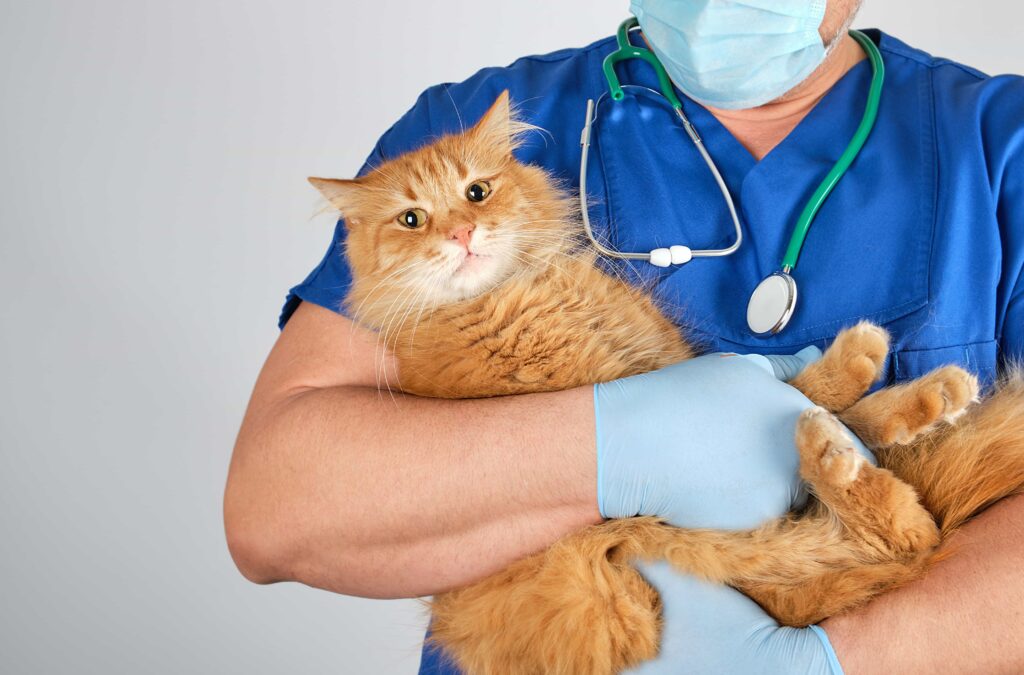
The first 24 hours after surgery are often the most challenging—both for your pet and for you as their caregiver. Your furry companion has just undergone a significant medical procedure, and their body needs time to process everything that’s happened.
Initially, pets will feel quite groggy from anesthesia. It’s entirely common for them to sleep deeply for several hours afterward. Don’t be surprised if your normally energetic pup or curious kitty seems completely disinterested in their surroundings. They might seem disoriented or anxious upon waking, and honestly, who wouldn’t after surgery?
I remember when my neighbor’s cat had dental surgery—the usually independent feline wanted nothing but to be held close for comfort. Animals, much like humans, can feel vulnerable during recovery and may seek extra reassurance.
Dr. Sarah Grier from Indian Peaks Veterinary Hospital emphasizes this normal reaction, sharing:
“Surgery can feel overwhelming for both pets and their owners, but our team ensures every client understands what to expect and provides compassionate care every step of the way. The post-operative period doesn’t have to be stressful if you’re properly prepared.”
How Long Does It Take for Pets to Wake Up After Surgery?
Typically, pets regain consciousness within a few hours after surgery. However, they’ll likely remain drowsy and somewhat lethargic for the rest of the day—possibly even into the next day depending on the procedure’s complexity. This isn’t cause for alarm; it’s their body’s natural response.
The best thing you can do is provide a cozy, quiet space away from household chaos, where your pet can rest undisturbed. Think about where they already feel safe—perhaps their favorite bed tucked in a quiet corner or a crate with familiar blankets. My dog always recovered best with her favorite stuffed toy nearby, something familiar in an otherwise confusing time.
If you have children or other pets, you might need to create some temporary boundaries to ensure your recovering pet gets the peaceful environment they need. A baby gate or closed door can work wonders during these critical first hours.
What Observations Should You Make Right After Surgery?
Being vigilant during the first 24-48 hours can make all the difference in your pet’s recovery journey. Carefully monitor your pet’s breathing, incision site, and overall responsiveness. A little grogginess, minor bruising, or slight coughing from the breathing tube is completely normal and shouldn’t cause immediate concern.
I recommend keeping a simple journal during this time. Note when your pet eats, drinks, urinates, or defecates. These basic functions resuming are positive signs that recovery is progressing normally. Also make note of medication times—it’s surprisingly easy to lose track when you’re concerned about your pet.
However, if you notice excessive lethargy (beyond normal post-anesthesia drowsiness), trouble breathing, or severe swelling around the incision, it’s essential to contact your vet immediately. Trust your instincts here—you know your pet better than anyone, and if something feels wrong, it’s always better to err on the side of caution.
How Can You Effectively Manage Your Pet’s Pain and Discomfort?
I’ve learned through experience that managing your pet’s pain isn’t just about compassion—though that’s certainly important—it’s also about facilitating a smoother, faster recovery. Pets in pain tend to move around more restlessly, potentially disrupting healing, and may even develop negative associations with handling that can last beyond recovery.
Pain management isn’t just about comfort—it directly influences recovery speed. Dr. Jennifer Ingram notes,
“Pet surgery is more than just a procedure—it’s part of the journey we take with pet owners to improve their pet’s quality of life. Proper pain control is fundamental to that journey.”
What Are the Best Methods to Relieve Pain in Pets Post-Surgery?
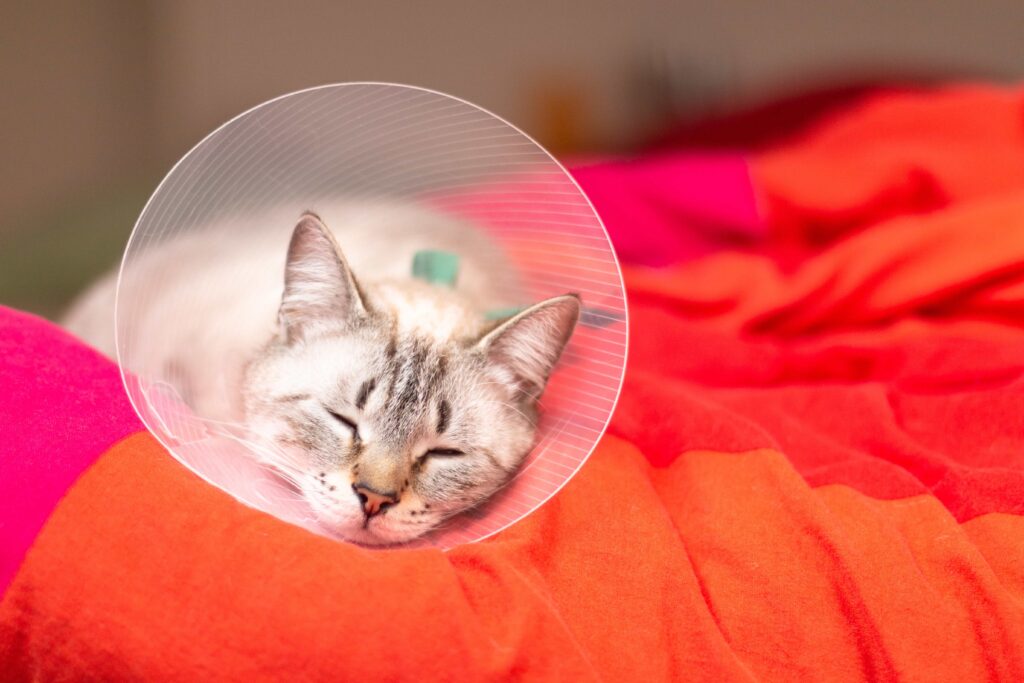
Your veterinarian will likely prescribe pain medication tailored to your pet’s specific needs, usually NSAIDs (non-steroidal anti-inflammatory drugs) or opioids for more significant procedures. These medications work differently than human painkillers and are specifically formulated to be safe for your pet’s system.
Always administer medications exactly as prescribed—even if your pet appears comfortable. Remember, animals instinctively hide pain as a survival mechanism from their wild ancestors. Just because they’re purring or wagging their tail doesn’t necessarily mean they’re pain-free.
Setting reminders on your phone can help you maintain the medication schedule, ensuring your pet receives consistent pain relief throughout their recovery period. I’ve found that keeping medications in a visible place (though safely away from pets and children) helps me remember those middle-of-the-night doses.
Should You Use Prescription or Over-the-Counter Pain Medication?
This question has a straightforward answer: stick strictly to veterinarian-prescribed medications. I cannot emphasize this enough—common human painkillers like ibuprofen and acetaminophen are extremely toxic to pets and can cause serious injury or even death, even in small doses.
If you feel your pet’s discomfort isn’t adequately controlled with their prescribed medication, don’t reach for your medicine cabinet or adjust dosages yourself. Instead, call your veterinarian immediately for guidance. They can adjust prescriptions or suggest complementary approaches to help your pet feel more comfortable.
A friend once gave her dog a tiny piece of her own pain reliever, thinking it would help after a minor procedure. That well-intentioned but misinformed decision resulted in an emergency trip to the animal hospital and additional stress for both her and her pet.
Can Natural Remedies Help Alleviate Your Pet’s Discomfort?
While medication forms the cornerstone of post-surgical pain management, natural comfort measures can definitely complement this approach. A gentle, supportive bed that cradles your pet’s body can significantly reduce pressure on tender areas. Ensuring they have warmth (without overheating) through cozy blankets or a carefully placed heating pad can soothe aching muscles.
Creating a calming environment also plays a huge role in comfort. Reduce loud noises, bright lights, and general household chaos. Some pets respond well to soft, classical music or nature sounds playing quietly in the background.
Additionally, calming pheromone diffusers (like Adaptil for dogs or Feliway for cats) or gentle massage away from the surgical site may help reduce anxiety, which often compounds physical discomfort. I’ve seen remarkable improvements in my own pet’s demeanor after introducing these simple environmental changes.
What Dietary Adjustments Are Necessary During Your Pet’s Recovery?
Food and water might seem like basic considerations, but they become crucial factors during recovery. Dietary considerations post-surgery can drastically affect how quickly and smoothly your pet heals.
Initially, pets might lack appetite due to nausea from anesthesia. This is perfectly normal and usually resolves within 24 hours. Just like humans might not feel hungry after surgery, your pet might turn their nose up at even their favorite treats temporarily.
What Type of Food Should You Feed Your Pet After Surgery?
When your pet does begin showing interest in food again, begin with small portions of bland, easily digestible food. Many veterinarians recommend boiled chicken and white rice or a vet-recommended recovery diet specifically formulated for post-surgical nutrition.
Serve these meals at room temperature—neither hot nor cold—as extreme temperatures might upset a sensitive stomach. Offer small amounts more frequently rather than one or two large meals. I’ve found that hand-feeding those first few bites can sometimes jump-start a reluctant eater.
Within 24-48 hours, your pet’s appetite should gradually return to normal. If your pet hasn’t eaten anything within 24 hours post-surgery or seems interested but unable to eat, it’s time to consult your veterinarian. They might recommend appetite stimulants or check for other complications.
How Can You Encourage Hydration in Your Recovering Pet?
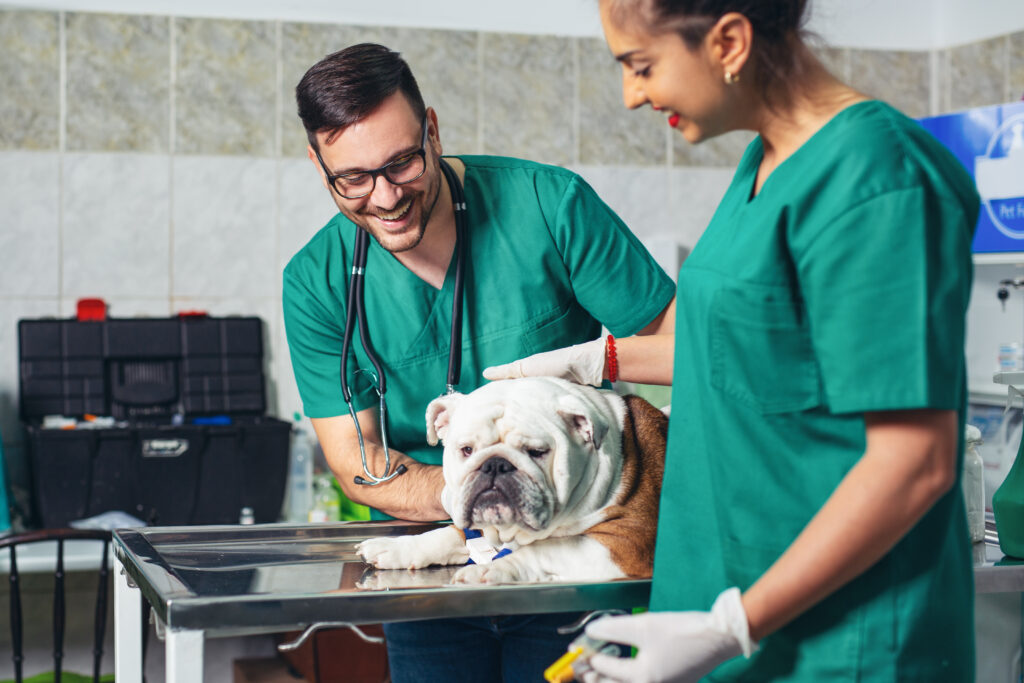
Water is arguably even more important than food in the immediate recovery period. Anesthesia and some medications can cause mild dehydration, so ensuring your pet drinks enough becomes a priority.
Ensure fresh water is always accessible, but be mindful that your pet might not be steady enough to reach their normal water bowl. You might need to bring the water to them initially or use a shallower dish that requires less coordination to drink from.
Some pets respond well to water fountains that circulate and oxygenate the water, making it more appealing. Others might appreciate ice cubes to lick, which provide both hydration and a soothing effect on tender gums, especially after dental procedures.
If your pet seems hesitant or struggles to drink, you can offer water gently by hand using a clean syringe (without the needle, of course). Apply the water to the side of their mouth, allowing them to swallow naturally without forcing it. Hydration is crucial for a speedy recovery, helping to flush anesthesia from their system and supporting overall healing.
Should You Avoid Certain Foods During Your Pet’s Recovery?
This recovery period isn’t the time for dietary experiments or treats from the table. Avoid introducing new or rich foods during the recovery period, even if your pet gives you those irresistible “please feed me” eyes. Stick to their regular diet or the bland diet recommended by your vet.
Excessive treats, although tempting when your pet seems sad or uncomfortable, might lead to digestive issues like diarrhea or vomiting. These complications can disrupt healing, potentially contaminate incision sites, and make the recovery process longer and more uncomfortable than necessary.
I learned this lesson the hard way when I gave my recovering dog a new treat, thinking it would cheer her up. The resulting upset stomach meant additional medication and a longer recovery time—definitely not worth the momentary tail wag the treat provided.
How Do You Properly Care for Your Pet’s Surgical Incision?
Proper incision care stands as one of the most critical aspects of post-surgical recovery. This small area of your pet’s body requires particular attention as it’s the most vulnerable to complications like infection or delayed healing.
Incision care is critical not just for cosmetic reasons, but because proper handling reduces infection risks significantly and speeds up healing. The difference between a well-cared-for incision and a neglected one can mean days or even weeks of additional recovery time.
How Should You Prevent Your Pet from Licking or Chewing the Incision?
Let’s face it—pets are drawn to their wounds. Licking is a natural instinct for animals, but it introduces bacteria to the incision site and can remove sutures or surgical glue, potentially requiring additional procedures to repair the damage.
An Elizabethan collar (E-collar), often humorously dubbed the “cone of shame,” is your best friend here. Yes, your pet will give you the saddest eyes you’ve ever seen when wearing it. Yes, they’ll bump into doorways and furniture until they adjust. But this temporary inconvenience prevents much more serious complications.
If your pet is truly miserable with a traditional plastic cone, ask your vet about softer alternatives like inflatable collars, recovery suits (which look like tiny t-shirts or onesies), or even specialized donuts that prevent access to most surgical sites while allowing better peripheral vision than traditional cones.
One creative solution I’ve seen work well is using baby onesies (with a hole cut for the tail) for abdominal incisions on smaller dogs or cats. Just make sure any alternative is truly effective at preventing access to the wound—some clever pets can work around poorly fitted barriers.
What Signs Indicate Potential Complications with the Incision?
Daily checks of your pet’s incision site are vital for early detection of problems. Gently part the fur around the incision (without touching the wound itself) and look for these normal healing signs:
-
- Edges that align neatly
- Mild redness that gradually diminishes daily
- Slight swelling that should also decrease over time
- Clean appearance without discharge
However, be alert for these warning signs that necessitate immediate veterinary attention:
-
- Incision edges separating or opening
- Excessive redness that spreads beyond the immediate incision area
- Significant swelling that increases rather than decreases
- Any discharge, especially yellowish or greenish pus
- Persistent bleeding
- Foul odors from the incision site
- Excessive heat when you hold your hand near (not on) the incision
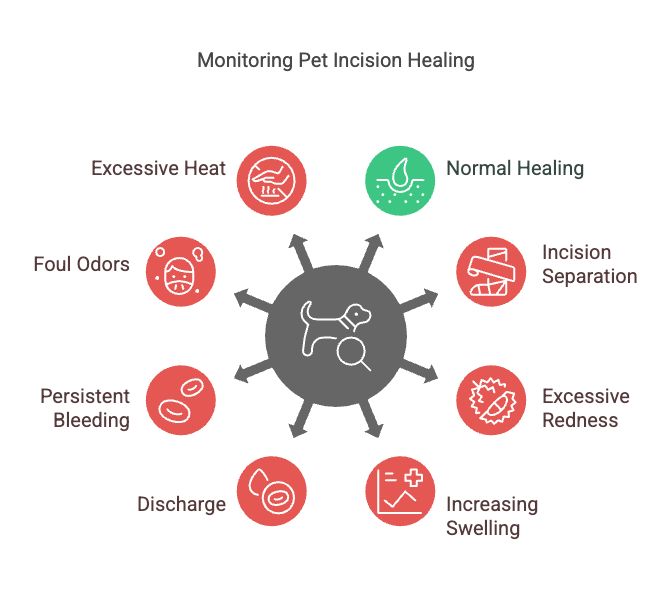
Taking daily photos of the incision (with good lighting) can help you objectively track changes over time and provide valuable information to your veterinarian if concerns arise.
How Can You Restrict Activity to Ensure Safe Healing?
This is often the hardest part of recovery management—pets don’t understand why they suddenly can’t engage in their favorite activities. They don’t realize that enthusiastic jumping can tear internal stitches or that rough play might reopen an external incision.
However, restricting their activity is crucial for proper healing, particularly for orthopedic procedures or surgeries involving the abdominal cavity. Even minor procedures benefit from a period of reduced activity to allow tissues to knit properly.
What Methods Help Limit Your Pet’s Movement?
Consider crates, exercise pens, or baby gates to restrict your pet’s activity to a small, safe area. For dogs, short, controlled leash walks for bathroom breaks are fine, but absolutely no running, jumping, or vigorous play until your veterinarian gives explicit permission.
Carrying your pet up and down stairs, if size permits, can prevent strain on surgical sites. Picking up small dogs and cats properly (supporting both chest and hindquarters) for necessary movements can prevent jumping and climbing that might compromise healing.
If complete confinement is necessary, rotate which room your pet stays in occasionally to prevent boredom, or spend time sitting quietly with them in their restricted space. I found that staying in the confined area with my recovering pet for periods throughout the day made the restriction much less stressful for her.
How Can Mental Stimulation Substitute Physical Activity?
A bored pet is more likely to become destructive or attempt to escape from restrictions. Providing mental enrichment can help satisfy their need for stimulation without physical exertion.
Puzzle toys that dispense treats with minimal movement, new chew toys (supervised to ensure they don’t become too vigorous), or simple training exercises that can be performed while lying down can mentally tire your pet without physical exertion.
I’ve found that teaching my dog gentle “place” commands or practicing “watch me” exercises during recovery helped focus her energy constructively. For cats, new textures to explore with their paws or feathers on sticks that you control (preventing jumping) can provide entertainment without excessive movement.
Recognizing and Responding to Complications
Even with perfect post-operative care, complications occasionally arise. The key to successful intervention lies in early recognition and prompt veterinary consultation.
Knowing the signs of complications early can drastically improve outcomes. Watch for these red flags:
- Excessive lethargy beyond 24-48 hours post-surgery
- Refusal to eat or drink beyond 24 hours
- Inability to urinate despite drinking water
- Difficulty breathing, excessive panting, or blue-tinged gums
- Vomiting more than once or persistent diarrhea
- Signs of severe pain despite medication, such as trembling, crying, or aggressive behavior when touched
Dr. Sarah Grier underscores this point:
“Our goal is empowering pet owners with knowledge to make informed decisions about their pet’s care. Being able to distinguish between normal recovery patterns and concerning symptoms can make all the difference in outcomes.”
When in doubt, call your veterinarian. Most practices welcome post-surgical check-in calls and would much rather address a minor concern early than treat a major complication later. Keep their emergency number easily accessible throughout your pet’s recovery period.
How to Emotionally Support Your Pet During Recovery
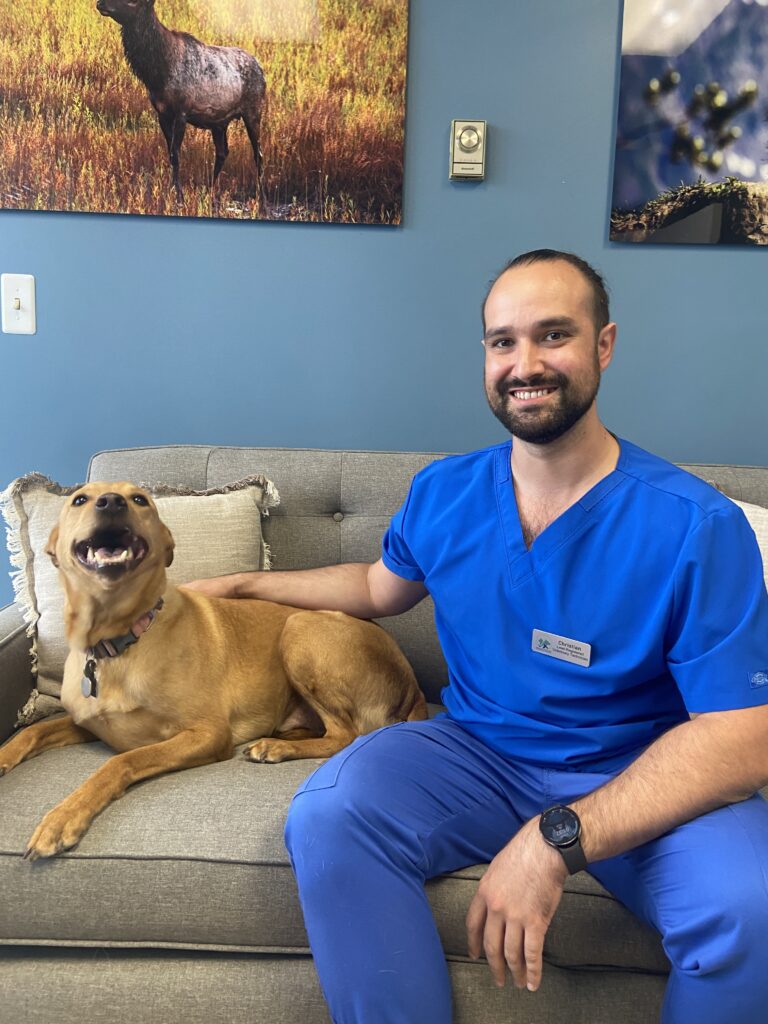
The psychological aspect of recovery often gets overlooked, but it’s tremendously important. Just like humans, pets need emotional support during challenging times. They don’t understand why they feel uncomfortable or why their routine has changed, which can create anxiety that potentially slows healing.
Providing gentle affection through soft petting (away from surgical sites), speaking in soothing tones, and simply being present can significantly calm a stressed pet. I’ve spent many recovery nights sleeping next to my pet’s crate, just so she knew she wasn’t alone.
Maintaining as much normalcy as possible within restriction guidelines helps too. Feed at regular times, maintain sleep schedules, and continue any verbal cues or routines your pet finds comforting. These familiar elements provide security during an otherwise confusing time.
For highly anxious pets, discuss with your veterinarian whether short-term anti-anxiety medications might be appropriate. Sometimes reducing recovery stress can be as important as managing physical pain for overall healing.
Frequently Asked Questions (FAQs)
I’ve compiled some of the most common questions pet owners ask during the recovery period:
When can my pet remove the E-collar?
Only when the vet explicitly advises it’s safe, which is typically when the incision is fully healed (often 10-14 days). Removing it too early is one of the most common causes of recovery complications. If your pet seems particularly distressed by the collar, ask your vet about alternatives rather than removing it entirely.
How long until full recovery?
Recovery timelines vary significantly based on the procedure and your pet’s individual health. Routine surgeries like spaying/neutering usually require about two weeks for initial healing, though internal healing continues beyond that. More extensive surgeries, particularly orthopedic procedures, may take several months for complete recovery. Your veterinarian should provide specific guidelines for your pet’s situation.
Why is my pet not eating?
Anesthesia often causes nausea and temporarily suppresses appetite. Most pets resume eating within 24-48 hours; if not, consult your vet. Sometimes switching to a more aromatic food or slightly warming food can entice reluctant eaters. Hand-feeding small amounts initially can also help restart normal eating patterns.
Is shaking or trembling normal after surgery?
Mild trembling can occur as anesthesia wears off or due to slight chilling after surgery. Providing warm (not hot) blankets often helps. However, severe or persistent trembling, especially when combined with other concerning symptoms, warrants a call to your veterinarian.
When should my pet have a post-operative check-up?
Most veterinarians schedule follow-up appointments 10-14 days after surgery to remove external sutures (if present) and assess healing. However, some procedures may require earlier or additional check-ups. Always follow your vet’s specific recommendations for post-operative visits.
The Road to Recovery: A Journey Worth Taking
In conclusion, recovery is a journey that, when navigated carefully and compassionately, enhances your pet’s quality of life and strengthens your bond. The temporary challenges of managing medications, restricting activity, and monitoring healing are small investments that pay enormous dividends in your pet’s long-term health and well-being.
Follow your veterinarian’s guidelines closely, and don’t hesitate to seek help when uncertain—your furry friend’s health is worth it. Remember that every day brings progress, even when it’s not immediately visible. Before you know it, those surgical sites will be healed, the restrictions lifted, and your pet will be back to their normal, joyful self—perhaps even healthier than before surgery.
I’ve walked this path with my own pets several times, and while recovery isn’t always easy, the outcome is invariably worth every effort. Your attentive care today creates the foundation for many happy, healthy tomorrows with your beloved companion.